Introduction: The Allure of a Simple Roll of Eggs
At first glance, tamagoyaki (卵焼き, Japanese rolled omelette) looks like a simple dish: golden layers of egg, sliced neatly into rectangles. Yet behind its understated appearance lies centuries of culinary tradition, family comfort, and artistry in technique. From bento lunches lovingly packed in the morning to the sushi counter where tamago sushi rounds off a meal, tamagoyaki is both everyday food and a quiet symbol of Japanese culinary culture.
What makes this humble egg dish so captivating is not just its sweet–savory flavor, but also the meticulous rolling process that transforms an ordinary ingredient into something elegant. And as with many Japanese dishes, the right tools, seasonings, and even tableware can elevate the experience into something memorable.
Whether you’re a curious home cook, a fan of Japanese cuisine, or simply looking for a new breakfast favorite, learning to make tamagoyaki opens a window into Japanese home cooking and hospitality.
Shop our collection of chopsticks to enjoy with your egg dish!
What is Tamagoyaki?
Tamagoyaki (literally “grilled egg”) is a Japanese rolled omelette made by cooking layers of seasoned egg mixture in a rectangular pan called a tamagoyaki nabe (卵焼き鍋). The result is a soft, slightly sweet omelette with a custardy texture and a distinctive cylindrical shape when rolled.
You’ll often find it served as a side dish (okazu) with rice in a traditional ichiju sansai-style breakfast (one soup, three sides), tucked into bento lunches, or topping vinegared rice as tamago sushi. Its appeal lies in its balance: the gentle umami of dashi stock, the mellow sweetness of mirin and sugar, and the soft layers that melt in your mouth.
Tamagoyaki is also a dish that reflects the cook’s personality and skill. In Japan, it’s often said that you can judge a chef’s abilities by their tamagoyaki.
Ingredients and Substitutions
- Eggs (tamago) – the star of the dish. Use the freshest eggs possible for best flavor and texture.
- Dashi (出汁) – adds depth. Try kanro dashi or homemade bonito-based dashi. Vegetarian options include kombu and shiitake-based dashi.
- Soy sauce (醤油, shōyu) – lighter usukuchi shōyu preferred, but regular works too.
- Mirin (みりん) – balances savory notes. Substitute with sugar and a splash of wine or rice vinegar if unavailable.
- Sugar and salt – to fine-tune flavor.
Optional add-ins: shredded cheese, nori, spring onions, imitation crab, or grated daikon radish for serving.

Ingredient Ratios (2–3 servings)
- 4 large eggs
- 2 tbsp dashi (or water)
- 1 tbsp soy sauce
- 1 tbsp mirin
- 1 tbsp sugar
- Pinch of salt
Essential Tools for Tamagoyaki
A rectangular tamagoyaki pan (also called makiyakinabe) makes rolling easier and gives the omelette its signature shape. Nonstick, carbon steel, copper, or cast iron pans all work. Chopsticks or a spatula help with rolling, and a bamboo sushi mat can shape the finished omelette.
Cooking Tips and Techniques
- Use the right pan: A rectangular pan with a sloped edge helps rolling.
- Control the heat: Medium-low prevents overcooking or browning.
- Oil preparation: Wipe the pan with an oil-soaked paper towel between layers.
- Whisk and strain: Beat eggs gently and strain to remove bubbles.
- Rolling process: Layer and roll carefully, repeating until all mixture is used.
Troubleshooting Tips
- If omelette sticks: use more oil and lower heat.
- If too firm: reduce cooking time or add more dashi.
- If layers break: keep rolling the next layer will hold it together.
Step-by-Step Tamagoyaki Recipe
- Prepare mixture: Beat eggs with dashi, soy sauce, mirin, sugar, and salt. Strain.
- Heat pan: Medium-low, oil lightly with a paper towel.
- Cook first layer: Pour thin layer, cook until almost set, roll to one side.
- Add more layers: Oil, pour, roll back. Repeat until mixture is finished.
- Shape and slice: Remove, shape with bamboo mat, slice into pieces.
Types and Variations
- Kanto region: Sweeter style with more sugar.
- Kansai region (Dashimaki Tamago): Uses more dashi, softer and juicier.
- Atsuyaki Tamago: Thicker, fluffier version.
- Castella Tamago: Sponge-like dessert omelette.
Modern twists: Add spinach, cheese, herbs, or fusion flavors like wasabi mayo.
Serving Suggestions
- As part of a Japanese breakfast with rice and miso soup.
- In a bento box for lunch.
- As tamago sushi over sushi rice.
- With grated daikon or a sprinkle of shichimi togarashi.
- Served on artisan Japanese plates or bowls to highlight its golden layers.
Nutritional Notes
Tamagoyaki provides protein, vitamins A & C, calcium, iron, and potassium. It contains moderate fat and cholesterol, with sugar and sodium adjustable to taste.
Storage and Reheating
- Cool completely, wrap in plastic wrap, refrigerate up to 2 days.
- Reheat at room temperature or low-heat pan to maintain texture.
- For longer storage, slice and freeze, then thaw in refrigerator.

Frequently Asked Questions (FAQ)
Can I make tamagoyaki without a special pan? Yes, use a round nonstick skillet. Shape differs but flavor is the same.
Why is my tamagoyaki breaking? Likely too hot or overcooked. Lower the heat and roll gently.
Is tamagoyaki supposed to be sweet? Traditionally yes, but sugar levels can be adjusted.
Can I make it ahead? Absolutely, tamagoyaki is excellent for meal prep or bento.
What’s the difference between tamagoyaki and dashimaki tamago? Dashimaki uses more dashi, producing a juicier omelette popular in Kansai.
A Final Reflection: Tamagoyaki as a Taste of Home
Tamagoyaki represents Japan’s balance of simplicity and refinement a dish that comforts, impresses, and connects. Learning to make it at home is an invitation to practice patience and skill, while enjoying it on authentic Japanese handcrafted tableware deepens the cultural experience.
Whether you’re a first-time cook or a seasoned Japan enthusiast, tamagoyaki brings a piece of Japan to your kitchen one roll at a time.


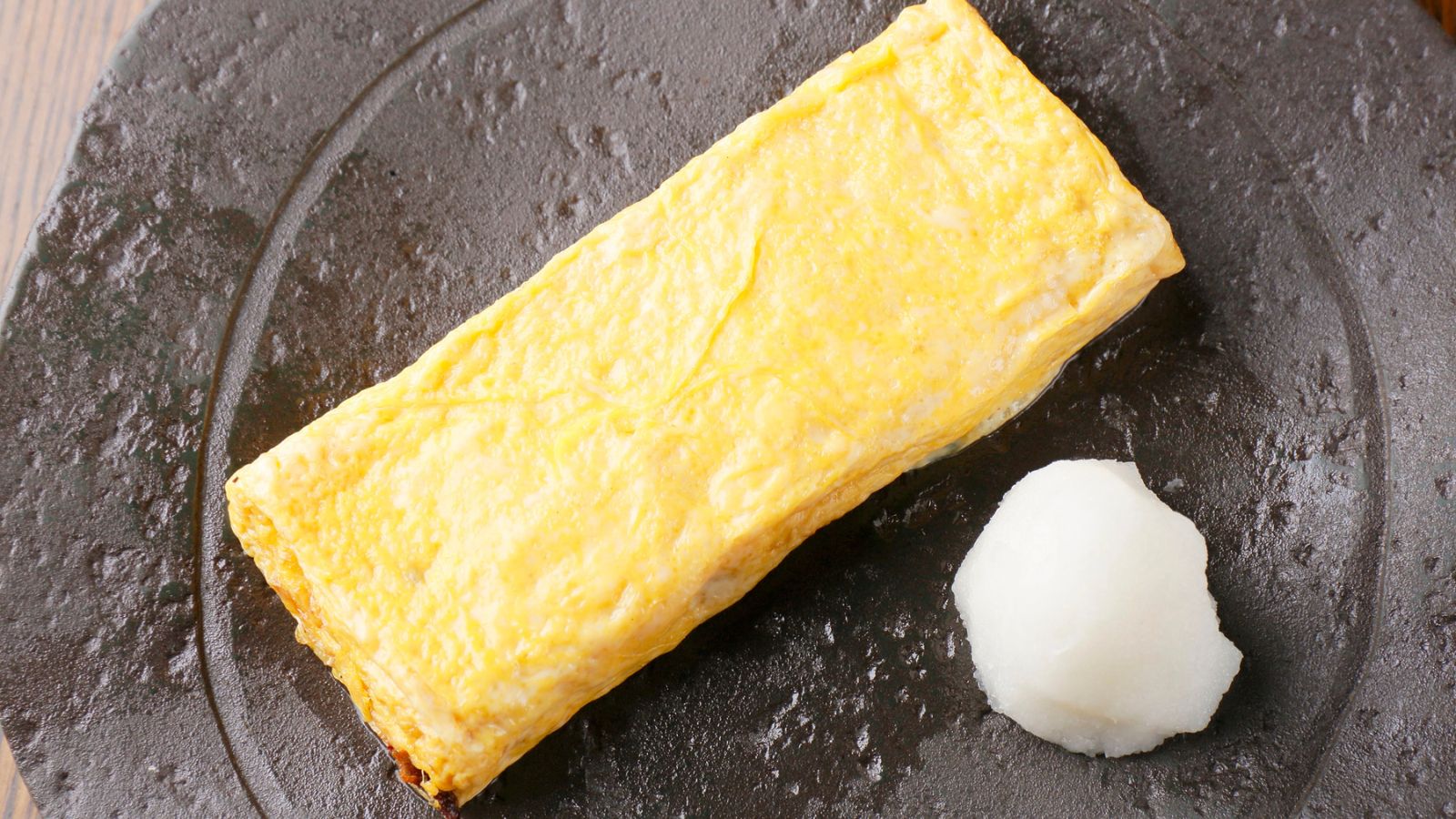


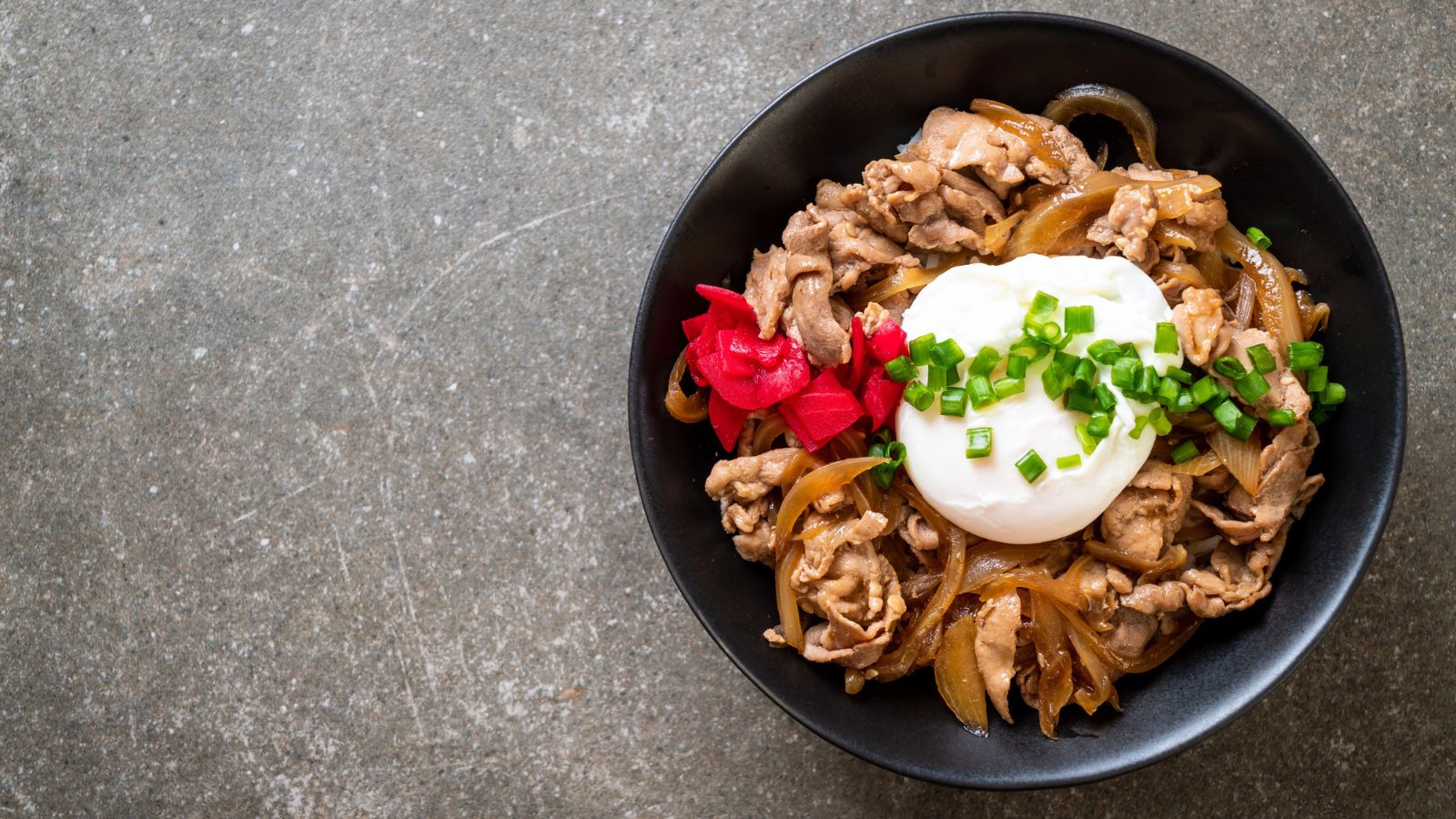
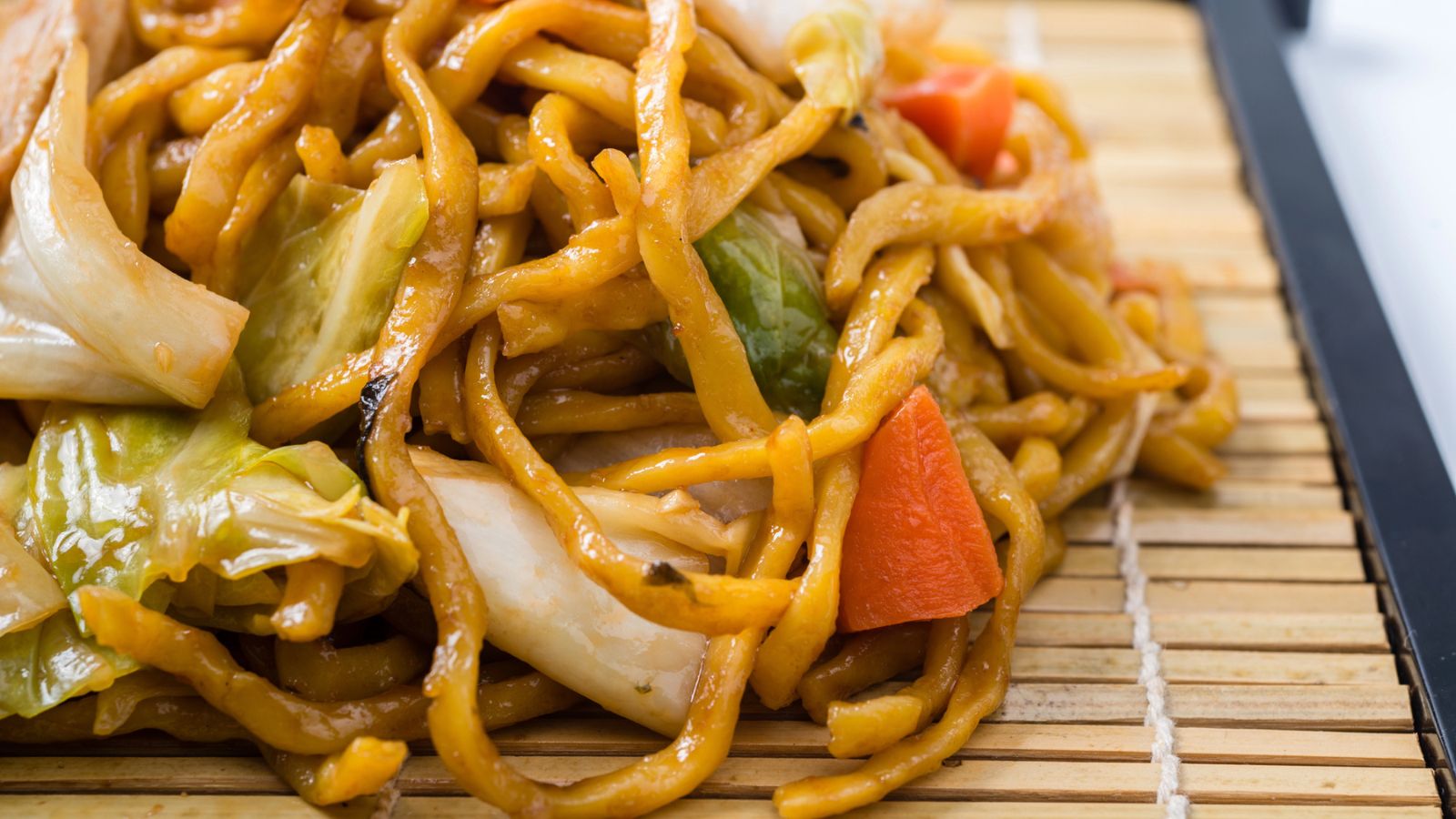
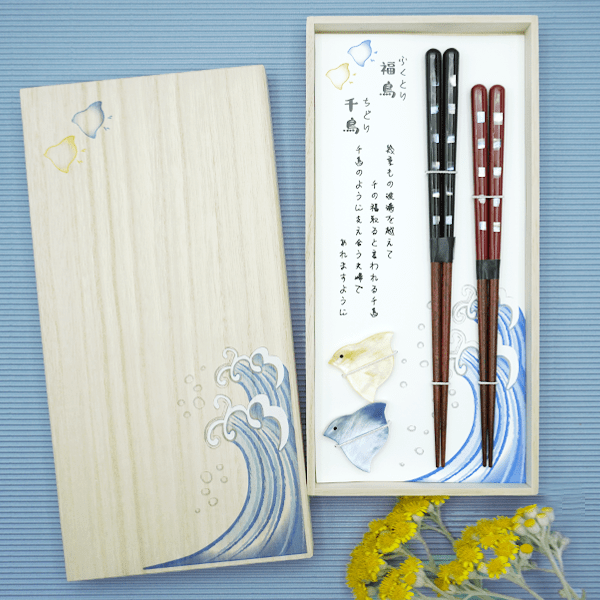
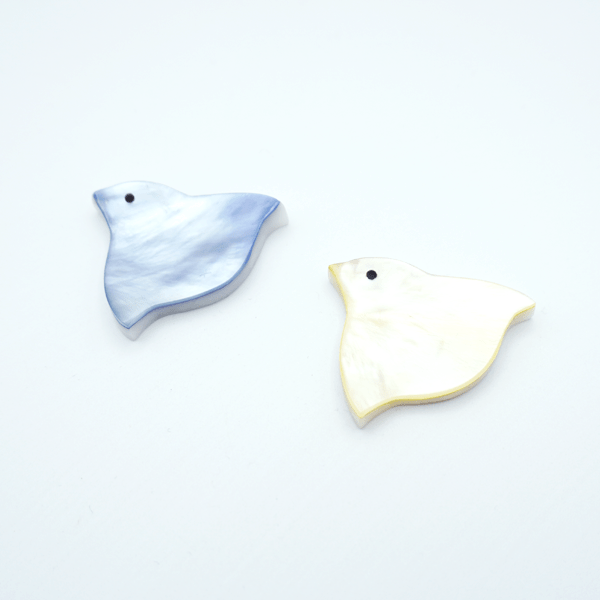
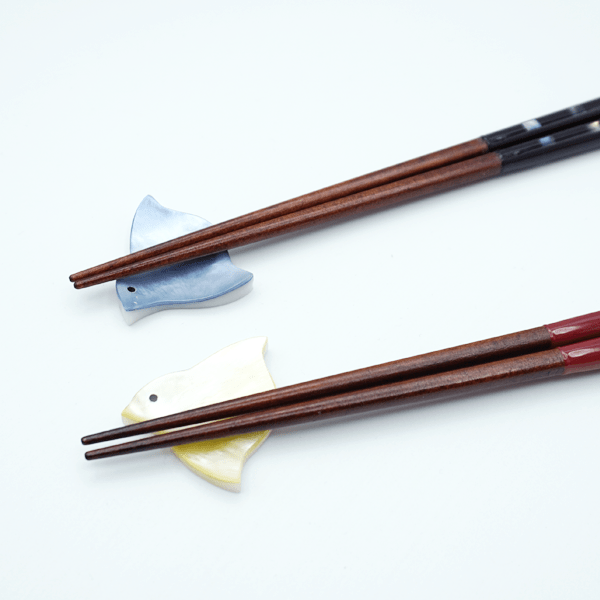
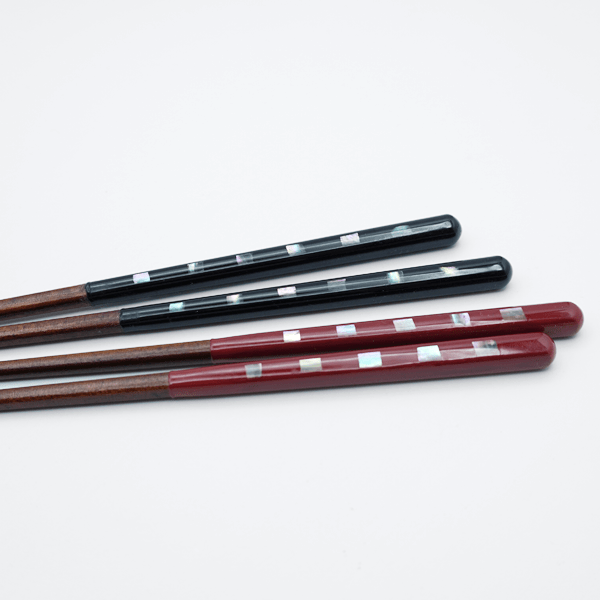
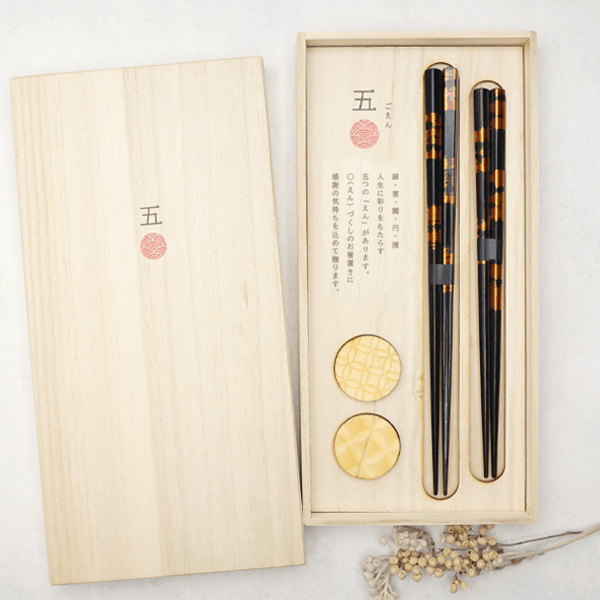
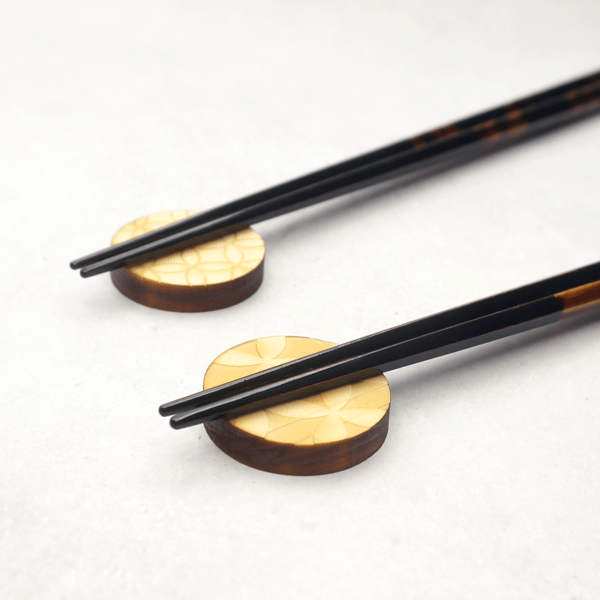
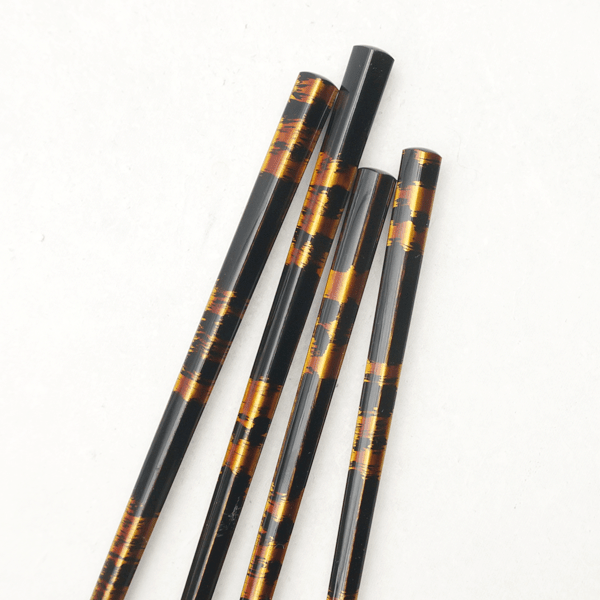
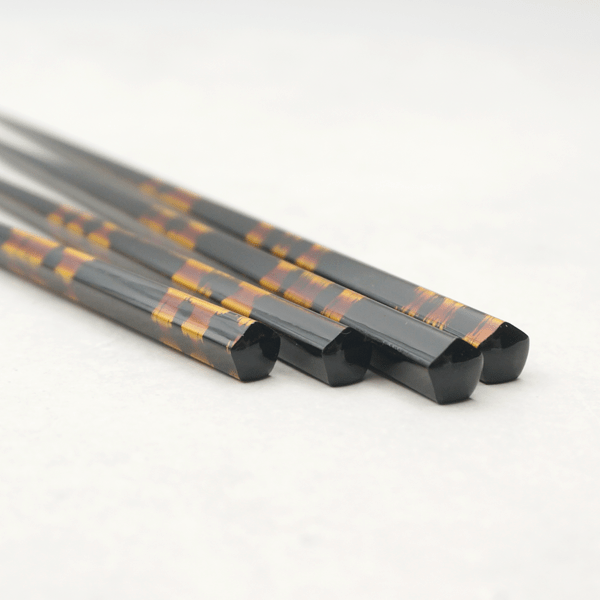
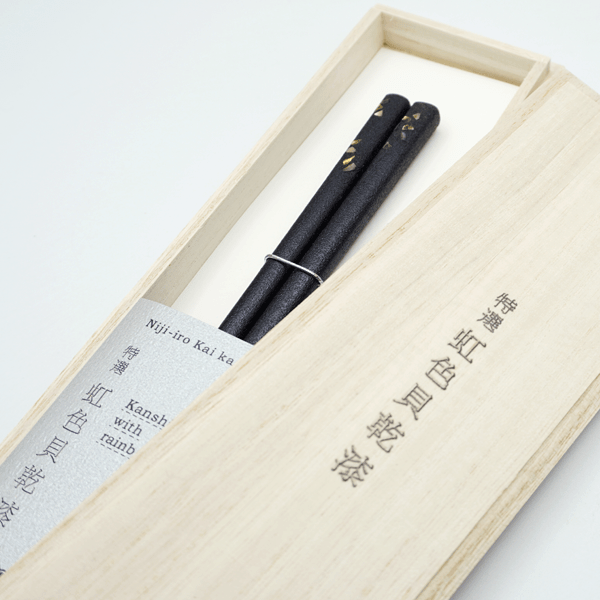
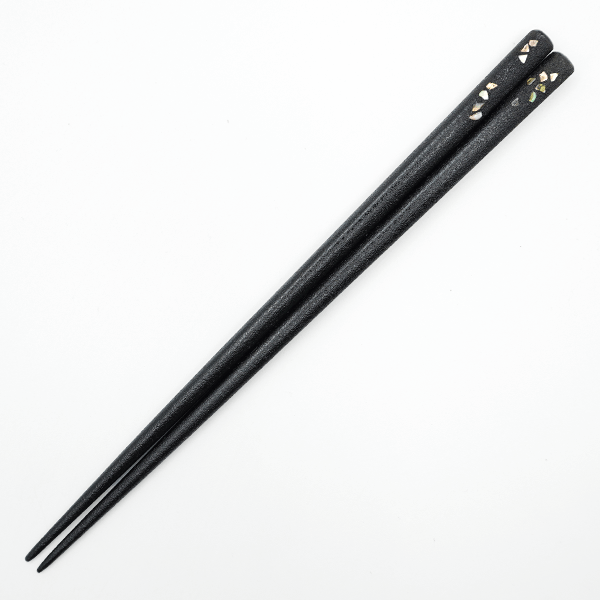
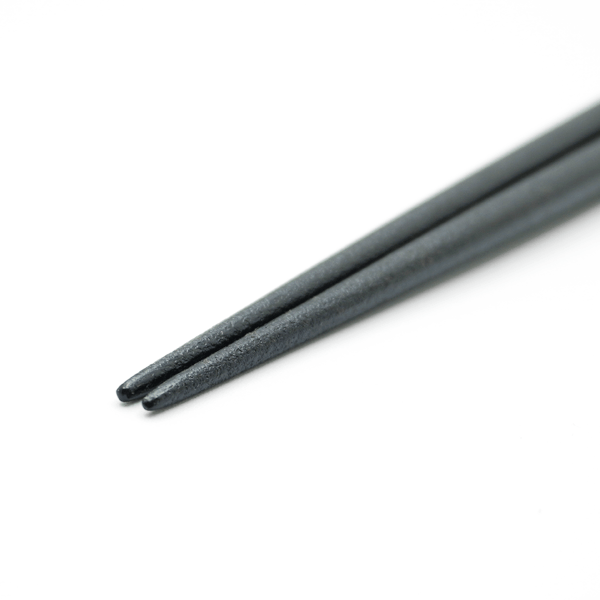
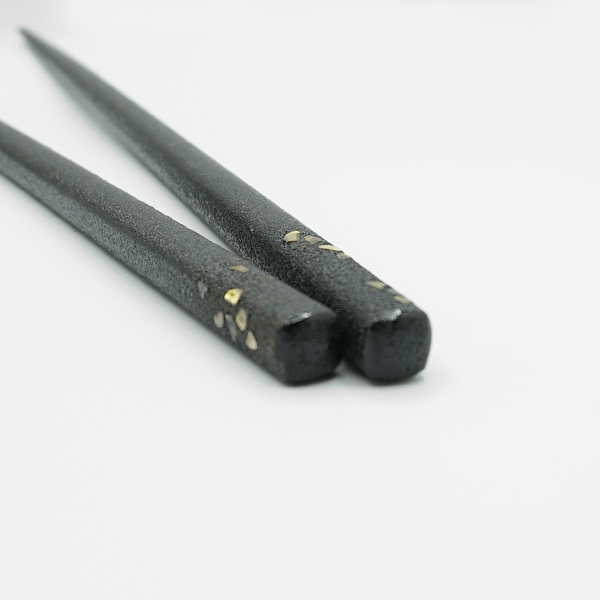
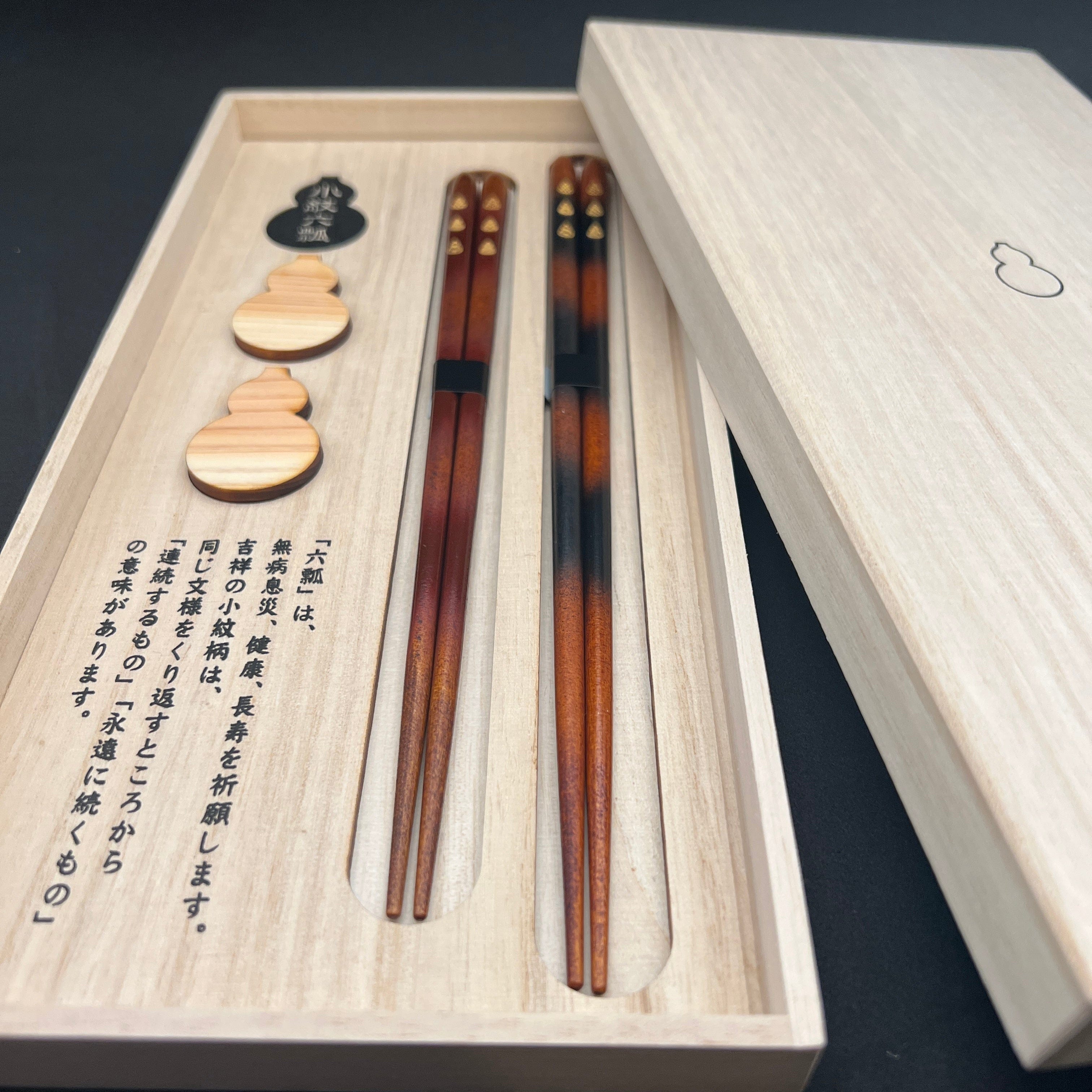


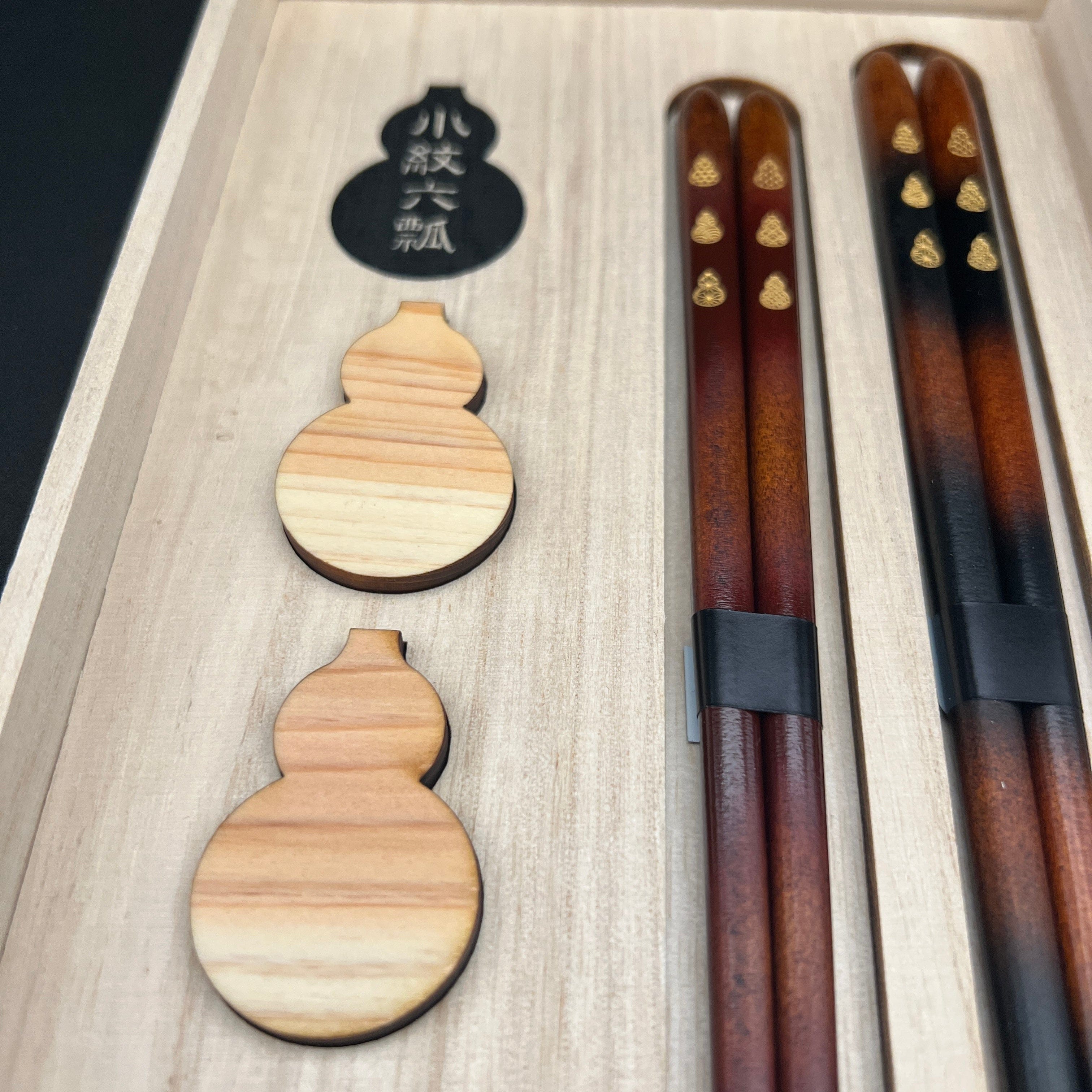
Share: